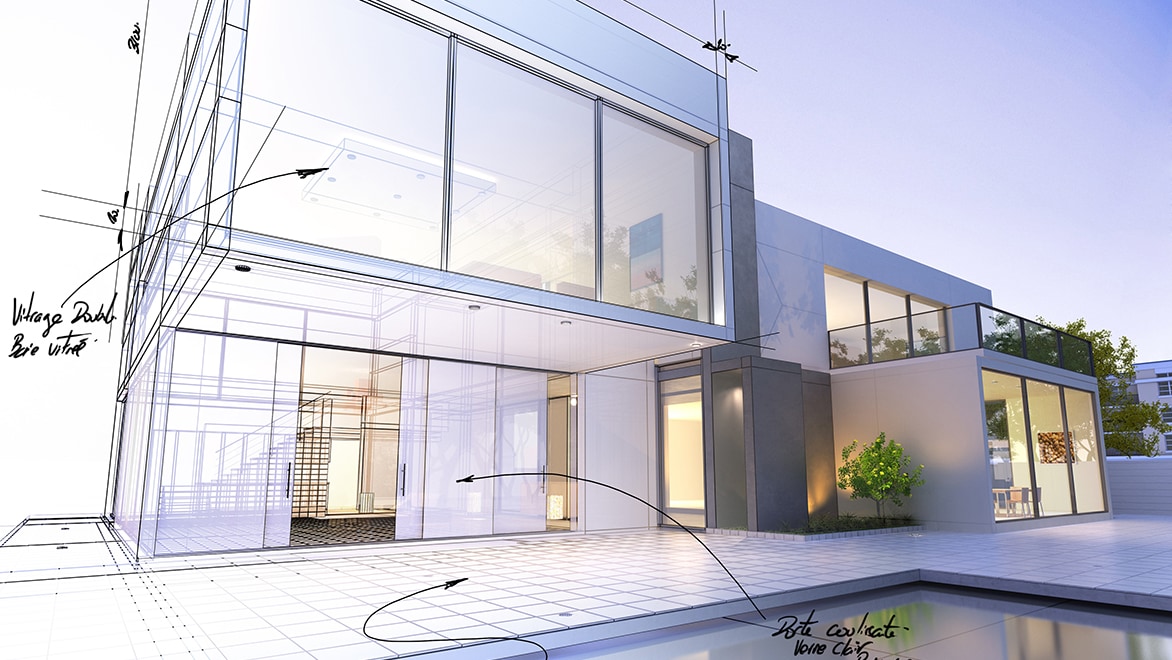Comprehending the Collaborative Process Between Designers and Engineers in Modern Construction Projects
The collaborative procedure between engineers and designers is important in modern-day construction tasks, as it balances layout intent with design usefulness. Exploring these dynamics exposes insights that could substantially influence job results and general industry standards.
The Significance of Collaboration
The joint harmony between designers and designers is important for the successful understanding of any type of building and construction project. This partnership combines distinctive proficiency and viewpoints, making it possible for the combination of ingenious layout with sensible design remedies. By collaborating, designers and designers can make sure that a project not only meets aesthetic and useful needs but likewise abides by security, sustainability, and monetary restrictions.
Partnership promotes a shared vision, facilitating the positioning of goals and expectations from the start. This alignment is critical in resolving potential challenges and mitigating dangers that can develop throughout the project lifecycle. A joint strategy allows for the reliable allowance of resources, enhancing both time and price.
The value of collaboration includes the repetitive procedure of design and building, where responses from designers can notify architectural decisions, resulting in even more practical and sustainable designs. Alternatively, architects can inspire designers to assume creatively regarding exactly how to attain architectural stability without jeopardizing creative intent. Inevitably, the collective relationship in between engineers and designers is not simply beneficial; it is fundamental to the creation of high-quality, practical, and ingenious constructed environments that satisfy the needs of society.
Interaction Methods and Devices
Reliable communication strategies and devices are vital for promoting cooperation between designers and designers throughout the task lifecycle. Establishing clear networks of interaction is necessary to make certain that all employee are straightened with task objectives, timelines, and duties. Normal meetings, both in-person and virtual, offer possibilities for stakeholders to discuss development, address worries, and make informed decisions.

Furthermore, taking on collective communication devices, such as Slack or Microsoft Teams, permits immediate messaging, file sharing, and recurring discussions, advertising a more nimble feedback to emerging concerns. Document administration systems also play a crucial function in arranging job documentation, making sure that all staff member have access to the most recent info.
Shared Goals and Job Vision
A linked project vision functions as the foundation for successful cooperation between designers and engineers (cda architects). This shared vision not only aligns the efforts of both celebrations but also establishes an usual framework for decision-making throughout the job's lifecycle. By articulating clear goals, stakeholders can effectively browse the intricacies of modern-day building and construction projects, ensuring that both aesthetic and practical requirements are met
Developing common objectives includes open dialogue and a thorough understanding of each discipline's payments. Designers typically concentrate on layout intent, spatial partnerships, and customer experience, while engineers stress architectural integrity, systems capability, and conformity with policies. When these viewpoints are straightened, the result is a cohesive task that sticks to both innovative ambitions and technological expediency.
Furthermore, a distinct task vision cultivates responsibility among employee, motivating each participant to take possession of their function in achieving the preferred result. Normal check-ins and collective workshops can further enhance this commitment, permitting modifications to be made as the task develops. Ultimately, a see this site shared vision not only improves teamwork but likewise elevates the quality of the final deliverable, leading to successful job completion.
The Role of Innovation
Leveraging modern technology has actually come to be vital in improving cooperation between engineers and designers. The combination of advanced software program tools facilitates real-time interaction and details sharing, allowing teams to work extra effectively and efficiently. Structure Details Modeling (BIM) stands out as an essential technology, allowing both designers and engineers to develop thorough 3D models that encapsulate style intent and structural stability. This shared visual depiction lessens misunderstandings and streamlines the decision-making process.
In addition, cloud-based systems enable seamless partnership, allowing project stakeholders to gain access to and update task data from anywhere. This promotes a culture of openness and responsibility, as changes can be tracked and examined in real-time. Additionally, mobile applications more boost communication, giving on-site groups with instant accessibility to task specifications and updates.
Emerging modern technologies such as expert system and maker understanding are also beginning to play a duty weblink in predictive analysis, helping teams determine prospective concerns prior to they arise. Eventually, the duty of technology in architecture-engineering collaboration not just improves workflow efficiencies yet additionally improves development, leading to even more successful job results. By accepting these technological innovations, architects and designers can make certain a more natural and effective joint procedure throughout the building and construction lifecycle.
Study in Successful Collaborations
Various study highlight the extensive effect of efficient collaborations in between engineers and designers on job results. One noteworthy instance is the partnership on the High Line in New York City, where landscape engineers, engineers, and metropolitan coordinators collaborated to transform an abandoned rail line into a lively public park. This multidisciplinary approach not only improved the visual high quality yet additionally guaranteed structural security and environmental sustainability.

The Burj Khalifa in Dubai additionally shows the relevance of collaborative initiatives - cda architects. The combination of style and design competence allowed the job team to accomplish unprecedented elevations while sticking to safety and security guidelines and aesthetic vision
These examples emphasize the value of communication, trust fund, and shared objectives. In today's complex building and construction atmosphere, such partnerships are necessary to browsing difficulties and supplying projects that satisfy both useful and visionary objectives.
Final Thought
In conclusion, the cooperation between designers and designers is essential for the success of contemporary construction projects. Efficient interaction strategies, a common task vision, and the integration of sophisticated modern technologies are vital parts that promote this partnership.